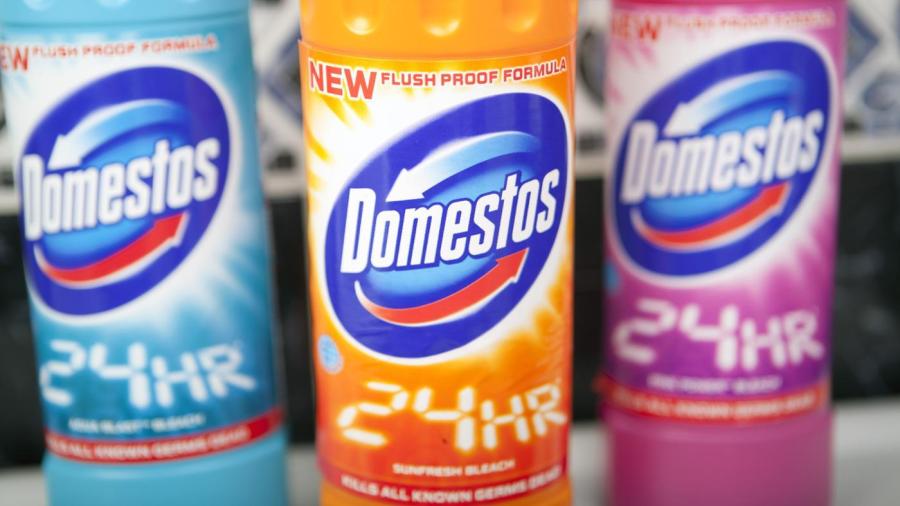What Happens If You Drink Bleach?

The results of drinking bleach depend on several factors, including the concentration and amount of bleach ingested. Drinking a small amount of bleach diluted with water is not likely to cause harm. The EPA recommends adding eight drops of bleach to a gallon of water for disinfection in the event of a flood. However, drinking bleach directly from the bottle leads to burns in the esophagus and potential poisoning.
Household bleach is normally 5.25 percent sodium hypochlorite. Many household products containing bleach also include fragrances and impurities. Symptoms of sodium hypochlorite poisoning include pain in the mouth and throat from burns as well as a gagging sensation. Large amounts of bleach slow the heart rate and lower the blood pressure, resulting in chest pain. The individual may go into shock, experience delirium or slip into a coma.
If a person has swallowed bleach, observers should render first aid and call emergency services. Do not induce vomiting, as it exposes the esophagus and mouth to the chemical a second time. Individuals suffering from this type of poisoning should go to a hospital. Treatment at the hospital includes a feeding a tube through the nose to allow emptying of the stomach, endoscopy to determine the extent of the damage and the administration of IV fluids. Even when an individual has swallowed full-strength household bleach, the prognosis is generally good, especially with early intervention.





